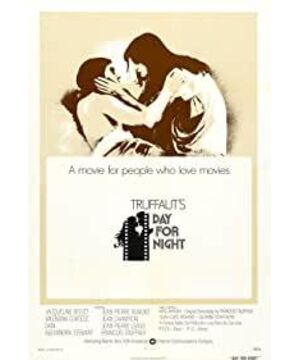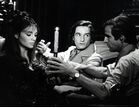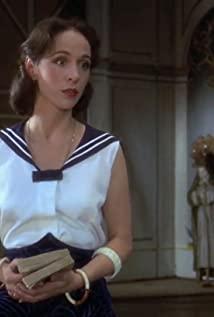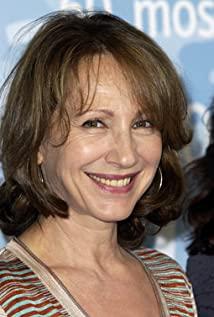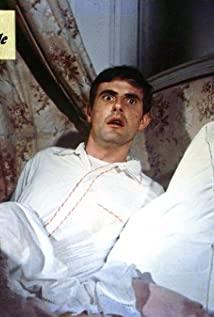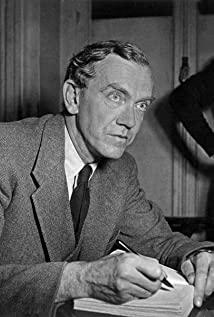Truffaut's La Nuit Americaine (La Nuit Américaine, 1973) took home the Oscar for best foreign language film after Buñuel's Le charme discret de la bourgeoisie . The original name of this film is a professional term, referring to the fact that Americans often use filters to shoot night scenes in broad daylight, and the sky is dark blue through the filter. This method of shooting night scenes during the day and not at night is called : American Night. The world where day and night are turned upside down is on the one hand the dreamland recreated by the film, and on the other hand the laborious and embarrassing film work itself. The film shows all kinds of difficult problems encountered in the process of filming a film, the intricate relationship between actors, the pressure brought by funding and the tight shooting time.
"La Nuit Americaine" is a "movie about cinema", a movie that is regarded by Western fans as "a must-see movie for movie fans". The movie adopts the method of "play within a play". Now it seems that this kind of narrative technique is not a new and commendable narrative technique, but the mutual complementation of the fate of the people in the play and the people in reality will still make the audience feel heartbroken. move. Life itself and the movie, it is not clear who is more exciting than who, and even often they are entangled. Truffaut, a child who grew up under the nourishment of movies, the movie is the best lover of his life. In "La Nuit Americaine," he uses this playful way to express his deep, unspeakable feelings for the film.
In the film, Truffaut himself played the role of the director himself. He said to the actors that "the scene of the movie is better than life". Anyone who knows a little about Truffaut knows that he is a person who is extremely obsessed with movies. " is full of warm memories of the movies in his childhood, and in "La Nuit Americaine", we see his obsession with those tender feelings - the little boy in the dream went to the cinema door to steal "Citizen Kane". "The stills, Hitchcock's tone was used when the actress was selected. During the filming of the film, the director received a package, and Truffaut focused the camera on the books: Orson Welles, David Lean, Frieze Lange, Rossellini, Jacques Rivette, Godard, Hitchcock…
Due to the interlaced narrative of the two spaces, the film is slightly different from Truffaut's previous films - there is no ups and downs in the plot, and there is no story with layers of climax, but the details of the film are well laid out, easy and beautiful, maybe that's the case , won the Oscars , and probably for the same reason Truffaut lost his comrade-in-arms fellow New Wave film director De Godard.


